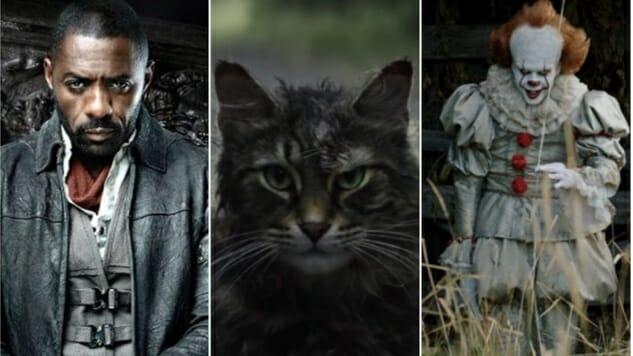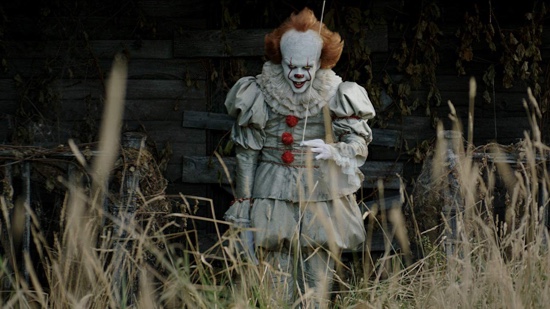Pet Sematary Continues Stephen King’s Hit-or-Miss Streak
Film adaptations of his novels are still reliably unreliable.

Note: This article features some spoilers for Pet Sematary that have sort of already been revealed by overzealous trailers.
The old used bookstore in my town has a basket of buttons from old political campaigns, the occasional four-legged creature wandering unattended, and one section labeled “Stephen King” in the same way it has a section labeled “Romance.” In the minds of the people who actually read books, the man is a genre unto himself, dominating the field through some magical combination of knowing exactly how to tap into the fears lurking at the margins of modern Americana, being supernaturally prolific, and being a pretty good writer actually. With pop culture nostalgia taking aim at the 1980s, it makes sense that you’d see renewed interest in adapting works from one of his most fertile artistic periods.
With It, The Dark Tower, and now Pet Sematary, two things are clear: We’re in for more King adaptations, even as they remain frustratingly hit-or-miss.
Pet Sematary isn’t worth your “dead is better” quips.

You’ve already heard every single play on how this movie “should’ve stayed buried” or how “dead is better” (even our own reviewer couldn’t resist ending on the film’s tagline). It probably doesn’t deserve that degree of razzing. It was a competent but totally predictable and uninteresting treatment of what, by all accounts, is a pretty unsettling book.
Like a lot of King’s best work, the premise of Pet Sematary is pretty simple: Big-city doctor Louis Creed (Jason Clarke) moves out to the country with his wife, two kids and a cat. When the cat meets its end under the wheels of a truck on the 60-mile-an-hour road right next to the property, Louis’ neighbor (a grizzled John Lithgow) shows him a twisted black landscape beyond the edge of his property. When the dead are buried in the soil there, they rise again. But, as tales as old as “The Monkey’s Paw” have been telling us, they come back Wrong. Of course it’s only a matter of time before one of Louis’ children ends up in the road at the same time as those heedless trucks, and we all know what he’s going to do when that happens.
Directors Kevin Kölsch and Dennis Widmyer’s choices in adapting the story fall apart in ways that often make little sense. An entire digression sees us relive the childhood fears of Louis’ wife, Rachel (Amy Seimetz), which centers chiefly on her revulsion toward a sibling with a spinal issue—turning a completely non-evil, non-supernatural medical condition into something to be feared. There’s no particular reason to go off on this tangent, nor does it make any sense that Louis starts seeing weird visions of a young man he failed to save from death who comes to him in his nightmares, either warning him away from the “sour ground” or beckoning him there, all according to whatever will sound most foreboding in that particular scene. Some of these phantasmal visits come to him before any of his family members have died, so there’s actually no good reason the spirit should be visiting him.
There’s also been some noise made about how the movie changed a major plot point in the middle and then subsequently changed the ending (spoilers: daughter Ellie dies rather than the toddler son). That matters less than the fact the changes don’t do anything in service of grappling with the deeper questions inherent in parental grief. Instead, we’re getting a resolutely surface-level story in a de-saturated color palette.
If there’s any praise to be had, it’s for Jeté Laurence, who plays Louis’ daughter and who sells her zombie-hood pretty effectively. If we’d spent more screen time with her before she went full-on murderer, it would have more deeply explored the story’s ideas.
Childe Roland to The Dark Tower came, in just one movie.
-

-

-

-

-

-

-

-

-

-

-

-

-

-

-

-

-

-

-

-

-

-

-

-

-

-

-

-

-

-

-

-

-

-

-

-

-

-

-

-










































